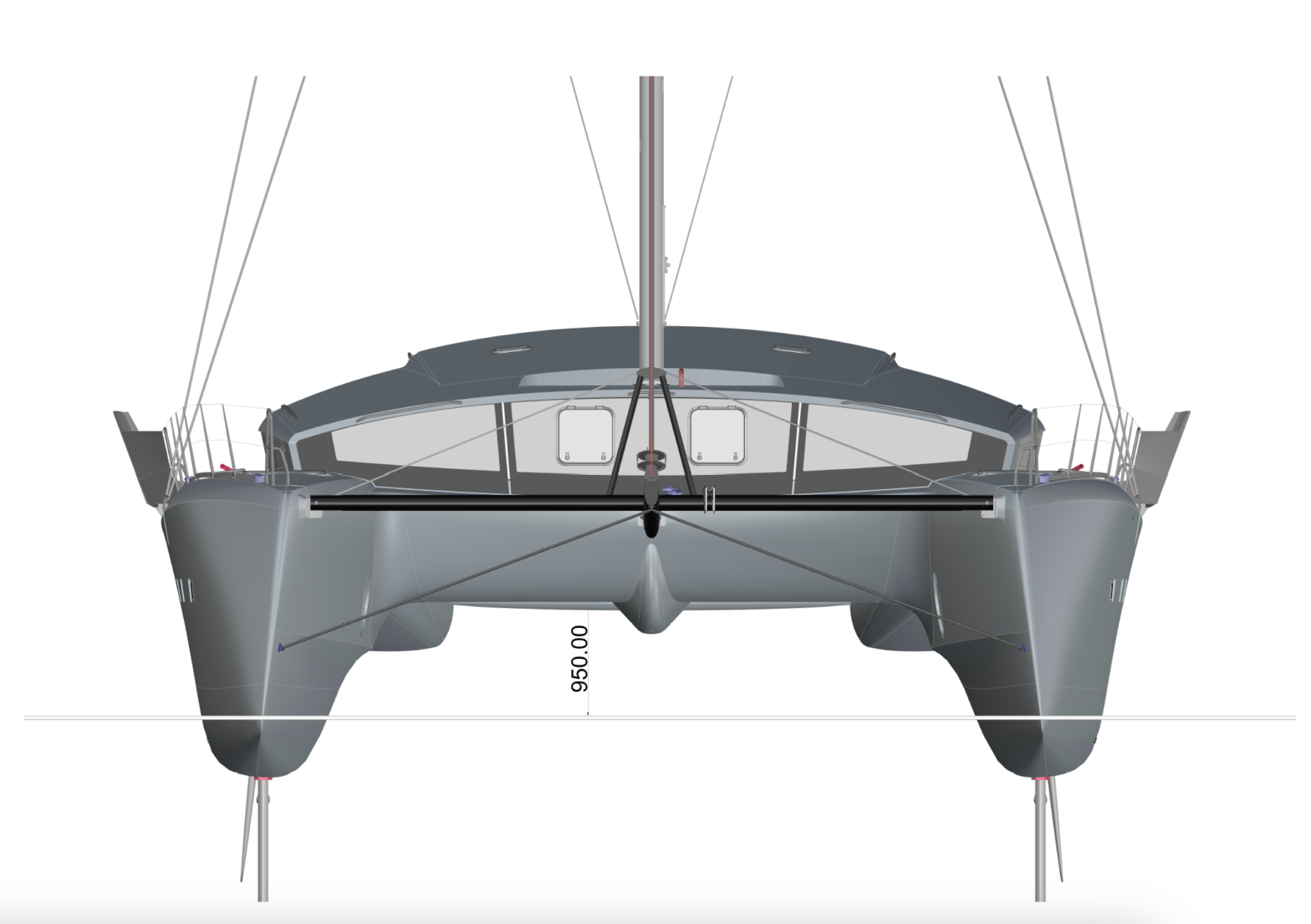The principle is quite basic: the more sail area we have, the more power we get. This wind’s energy is used to move the boat’s weight.
The lighter the boat is, the more responsive she will be in after tacking, in accelerations, and of course in her capacity to reach high speeds with a given wind force.
So far, so good!
The SA/D ratio was originally created to compare monohulls abilities, most of them “pushing” water.
Pushing here means displacing water, as one can easily imagine these massive round hulls bouncing into waves to make route.
However, since planning hulls came in, we must admit that this ratio is now a bit oldschool. From the moment a hull will plane, it will not be facing this natural brake offered by the water mass to be displaced.
What about our modern cruising multihulls? With their thin bows and their hulls litteraly piercing waves?
The answer is obvious: they just sail faster!
From then on, even if we consider the original formula is outdated, we could not prevent ourselves from comparing modern cats, especially the one promising a stunning performance!
While it’s quite easy to add square feet of white sails to a boat, it’s clearly more complicated to reduce her weight.
Unless you select a catamaran which has thoroughly been designed with a light weight in mind…and consequently a natural ability to sail faster.
Clearly, one thing has not changed: based on a given sail area, the lighter a catamaran, the swifter, and the funnier she will be to sail!
When you have two minutes, take a bit of time to compare other cats with ORC, using the formula below.
Nota Bene:
To get displacement from “pounds” to “cubic feet,” you will need to divide the displacement weight by 64, which is the weight of a cubic foot of seawater (62 for pure water).
FYI, the ratios for ORC are 33 for the ORC50 and 38 for the ORC57! Not bad, huh?
If you want to check by yourself what it means in reality, feel free to contact us and we’ll arrange a sea trial!
Fair winds,
The ORC Team












